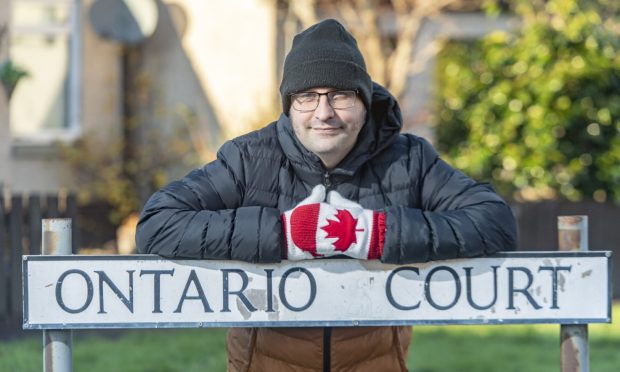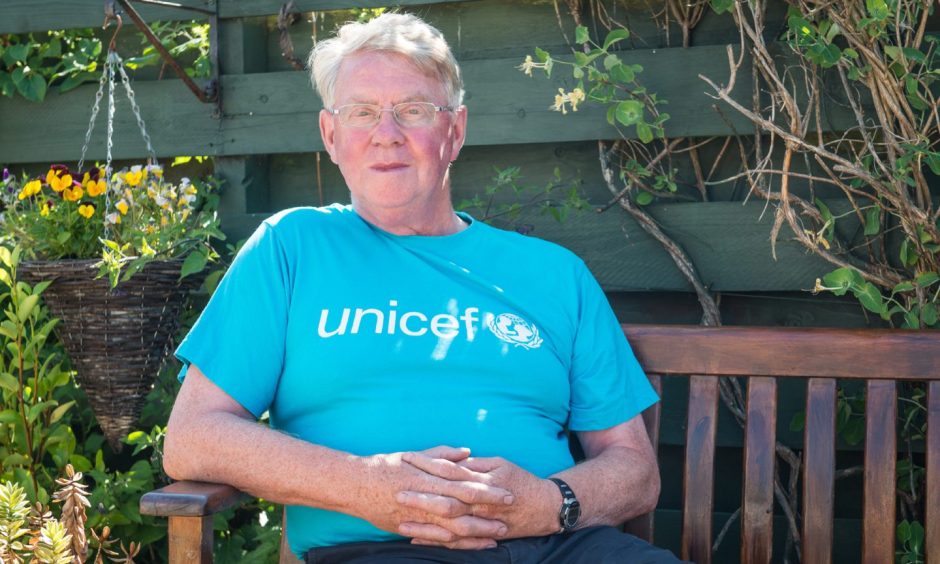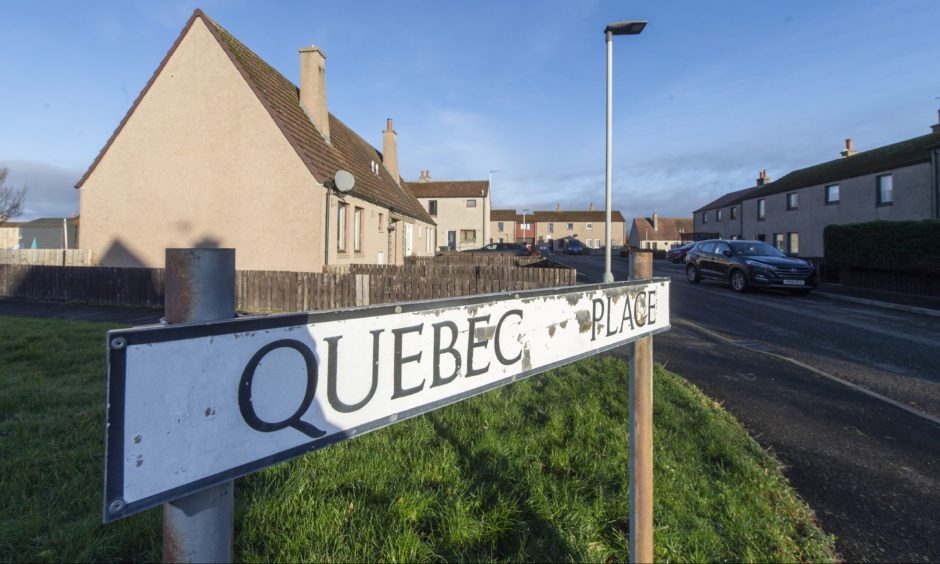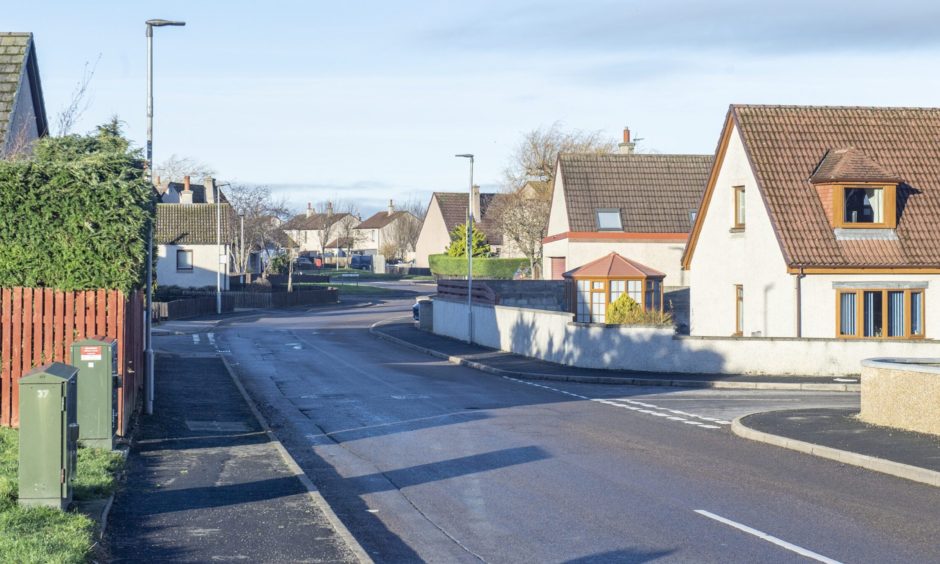The naming of Little Canada in Elgin came about following a misunderstanding and was a complete “accident”, according to the man who unintentionally christened it.
Names of homes in the south of the town have had an international flavour since being built in the mid-1980s.
It has now emerged, though, that Little Canada was initially intended to celebrate more of Elgin’s global links – instead of just those in the North American nation.
Streets including Manitoba Avenue, Quebec Place and Ontario Court run through the community.
The Press and Journal received several messages suggesting reasons how the community got its international name.
Theories ranged from it being inspired by Canadians posted to Elgin during the Second World War to lumberjacks who moved to the area to work in forestry during the war effort.
Others thought councillors and officials might have had personal links to the country.
However, former Elgin High School head teacher Bill Hope, who suggested the initial names, has revealed his original intention for what became Little Canada was initially something quite different.
Headache of naming Little Canada
Little Canada was built in Elgin in the mid-1980s as part of a Moray Council and private housing development in the south of the town.
Mr Hope, who was Elgin High head teacher from 1978 to 2003, told the Press and Journal it was a convention at the time for schools to get involved in choosing street names.
After recent successes including High School Drive, Hardhillock Avenue and Golf View Crescent, council planners turned to him once again for help.
However, this time it was a task that proved particularly difficult – until a chance moment of inspiration.
Mr Hope said: “I always took the view when doing it that you had to know the general area where a street was from its name.
“So Golf View was near the golf course and High School Drive obviously led up to the High School.
“When I was set the task of naming the streets along from the Cottar Hoose, what is now Little Canada, I didn’t find it particularly easy.
“There were some woods nearby, so I thought of some tree names, but that had already been done at South Lesmurdie.
“So I got out some Ordnance Survey maps to look for geographic features and saw Maggot Hill, but I didn’t think that would be particularly appropriate.”
How Little Canada was intended to celebrate Elgin’s other international links
Time was ticking on and Moray District Council planners were wanting to know what they were calling these streets.
It was late one day in his Elgin High School office that inspiration finally came to Mr Hope.
He said: “The council was pressing me for names. I was in my office one day when I saw a book written by a woman who was a member of the Unicef committee with me.
“It was a little pamphlet, maybe about 30 pages, and it was written by Morag Pirie and all about all the Elgins there are in the world.
“For example, there are 22 Elgins in the US. I thought it was a great idea, and you would know anywhere in Elgin with an international name would be in that area.
“My ambition was there would be other street names like Houston, or Texas, or places like that too.”
‘Happy accident of Elgin’s Little Canada’
So, if Little Canada was supposed to celebrate the links Elgin has with other countries too, what happened?
Mr Hope added: “I had it in mind to be much more international. The first two suggestions I gave the council though were Manitoba and Quebec.
“After outlining the idea I thought they would ask for more, but they never did, so they only ended up using the Canadian ones.
“And then with just the Canadian street names a local wit came up with the nickname Little Canada. I can’t take any credit for that, it wasn’t my idea.
“Roma Hossack, who was a councillor at the time, got the blame for it for a long time because she had a brother in Canada.
“It was all a bit of an accident, but strangely it has ended up fulfilling my original intention of knowing where a street is by its name. Everyone knows Little Canada now.
“I wasn’t asked to name any other streets after that, so I don’t know if they liked it at the time or not.”
Read more from Elgin
- The 5 WORST bottleneck junctions in Elgin: Which one do you avoid the most?
- An incredible 2,500 new homes, more schools and a potential traffic headache: Big questions answered about Elgin South housing
- Has Elgin’s parking situation improved since last year? I take to the streets for a day to find out




Conversation